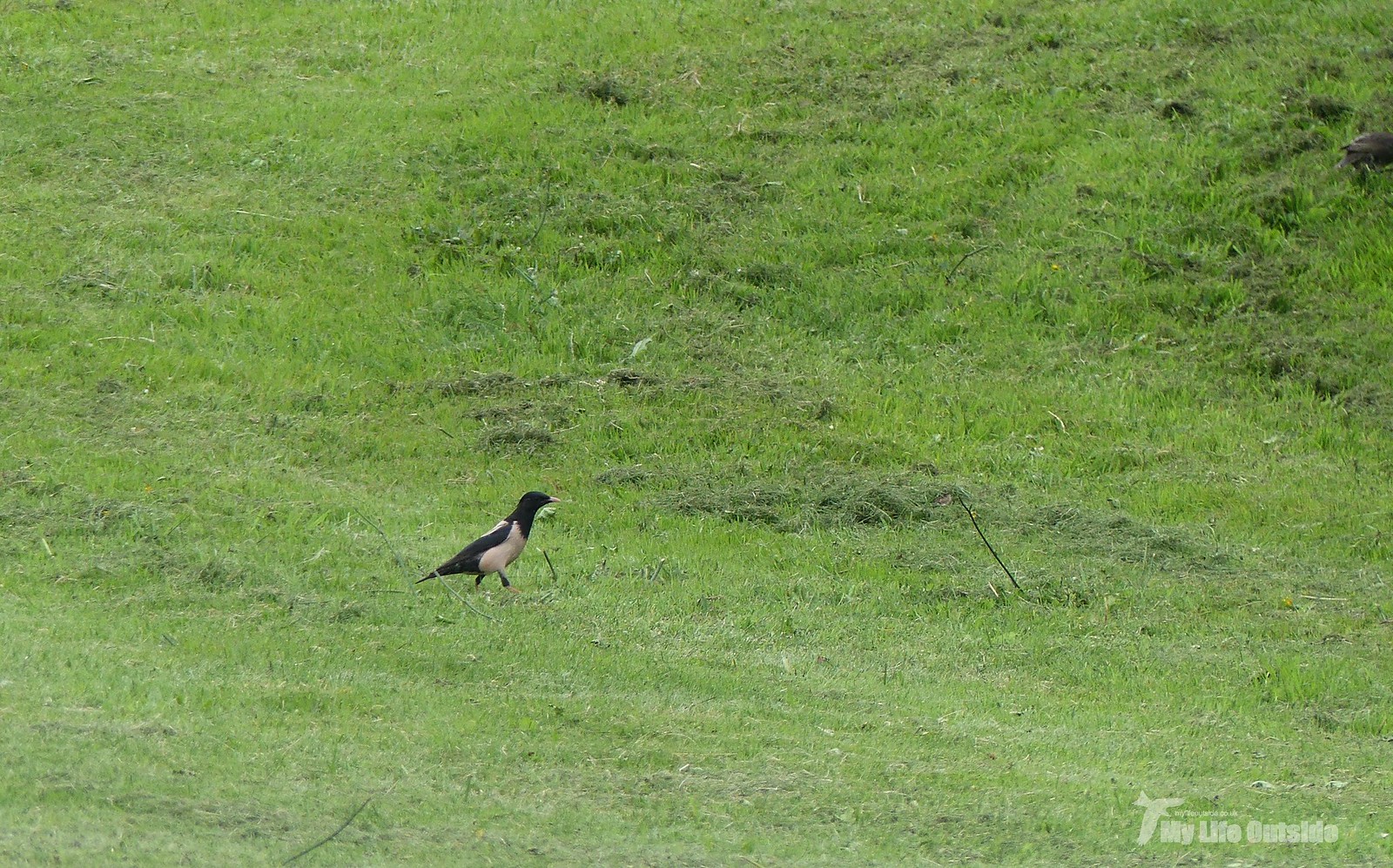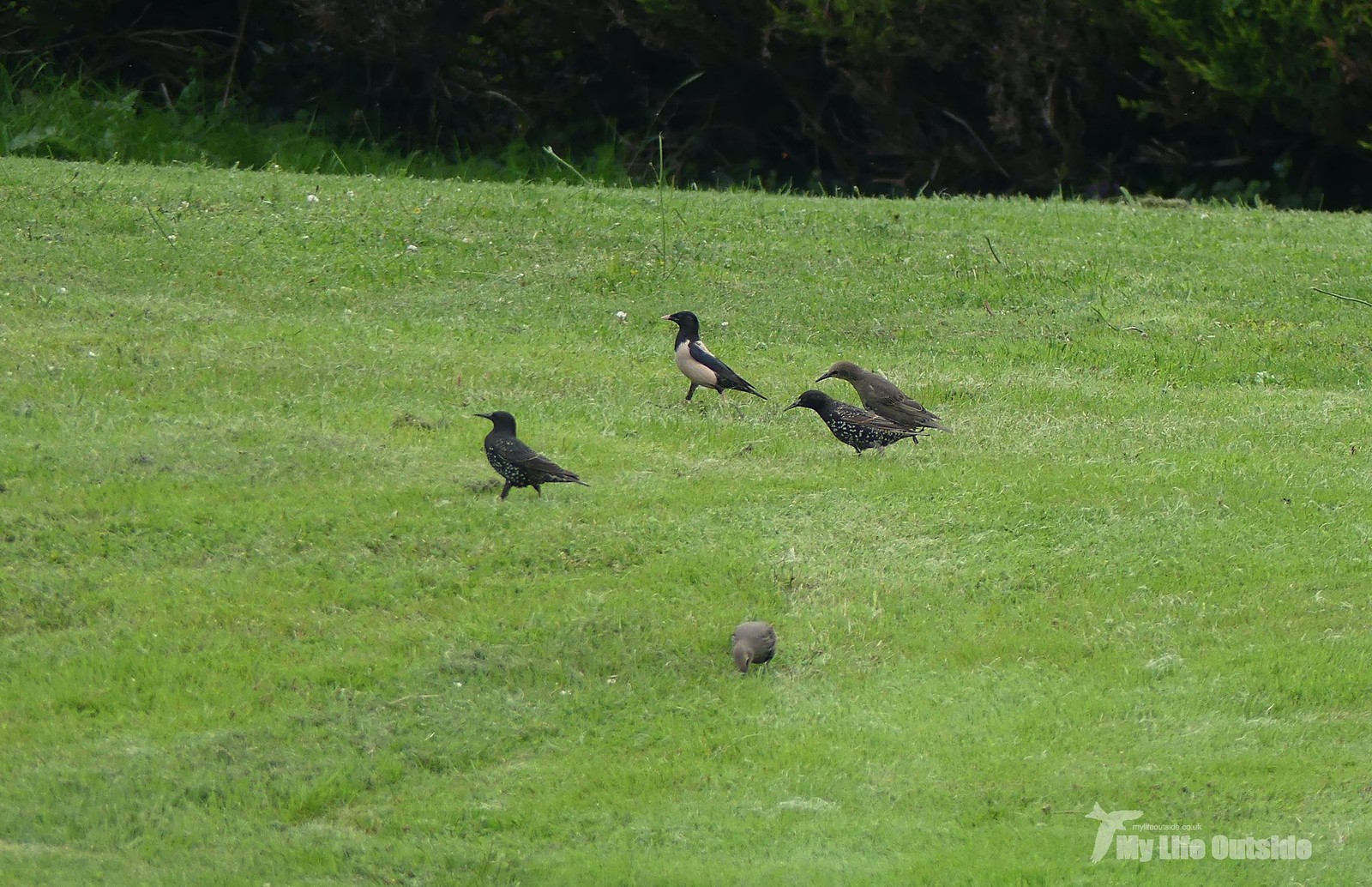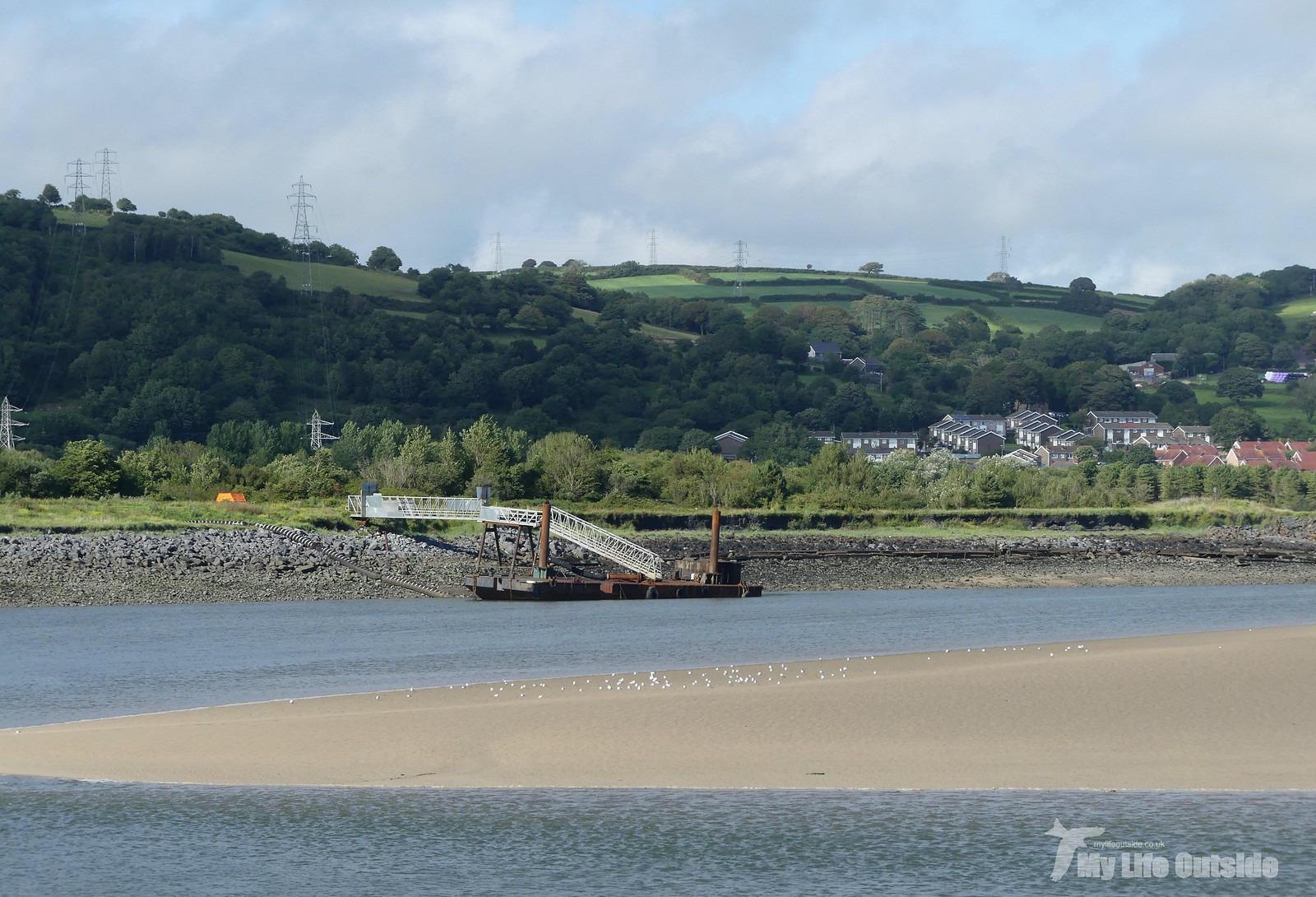The past four months have been an utterly bizarre period in which everything has changed yet also stayed strangely familiar. For instance I’ve been fortunate in that my job has allowed me to continue working full time, albeit from home, yet any preconceptions I had about getting things done around the house and catching up on my TV viewing have proved massively wide of the mark. Instead overtime and huge pressure have been the name of the game as I and the rest of my team have worked our socks off to help our employer through these unprecedented circumstances. A side effect of this has been that my once carefully cultivated separation between work and home life has broken down almost completely, particularly when lockdown was at its height. For weeks on end my daily highlight was sitting in a different room and any impetus to switch from one laptop to another for blogging purposes was sorely lacking.
The only thing that really kept me going were our once a day permitted outings which felt at times more like mandatory exercise sessions during a prison sentence than something to be relished. Nevertheless we made the most of them and took on the challenge of seeing as many of our normal seasonal species as possible. Clearly some such as Puffins were going to be extremely unlikely but we had remarkable success elsewhere. Particular highlights included a flock ofGolden Plover on the hills behind our house as well as the discovery that we can view a Little Egret roost from the bedroom window. Then there was the family of Spotted Flycatchers and at least two reeling Grasshopper Warblers back on their traditional territories for another year. Best of all though were the number of Swifts which arrived this summer, far in excess of the solitary individuals recorded last year. Sitting in the garden we were regularly treated to small groups screaming their way overhead and strongly suspect that a house down the road from us had at least a couple of active nests. Do I detect a spot of Swift next box building in my near future?
I still couldn’t help myself feeling jealous however as I followed those on Twitter fortunate enough to enjoy coastal patches. Having lived near or next to the sea for the last twenty years not having ready access proved a real struggle despite being able to see the distant Gower coastline from home. Those views were no substitute for walking its beaches in person.
Was it really any surprise therefore that as soon as lockdown restrictions began to ease here in Wales, the first destination I had in mind was the coast. But suddenly I found myself hesitating. Month after month of soaring death tolls (including someone I knew personally) had left me in a state of anxiety helped not inconsiderably by the apparent perception in the general populace that the danger had passed. Even walking locally what attempt at social distancing had existed when passing on paths had already largely disappeared. I needed a push to get me back out there and to regain confidence.
Step forward a Rose-coloured Starling.
It’s been an excellent year for the species with individuals popping up across much of the country and finally, on the 15th July, it was our turn. The initial discovery was made earlier that morning but with a day of online meetings stretching out before me I was housebound until gone five. A quick dash down to Burry Port followed and after a thorough search of the area things were not looking good. Memories of my last abortive attempt at seeing one along Aberavon seafront began to resurface, that dip coming courtesy of gale force winds and a Starling cast numbering in the thousands. With by now a decent crowd of observers assembled we continued the hunt, everyone pleasingly observing the social distancing protocols.

Emma, showing no signs of her skills having faded since our last proper birding trip, drew first blood spotting the pink waist-coated visitor atop a nearby telegraph pole. From there it flew down to join its brothers from another tailor on the lawn area in front of Parsons Pickles where it fed giving great views to all. Presumably we also provided equally ample entertainment to the bemused member of staff beavering away at their desk inside.


At times the Starling would disappear into neighbouring gardens but would soon return until the appearance of a cat finally had cause for a more permanent change in location. Even so we got to enjoy at least half an hour in the birds presence and I’m happy to report that it more than lived up to expectations. Rose-coloured Starling has been on my “to see” list for a considerable amount of time and its falling was a perfect way to sign off lockdown.
Before heading home we did a quick circuit of the harbour area where the usual Redshanks had been joined by a lone Greenshank whilst out on the exposed sandbanks we got to see our first Oystercatchers since March. One last sweep of the Starling flocks showed plenty of juveniles but the Rose-coloured Starling remained elusive and as far as I know was not seen again.
A week or so later we were back, albeit a couple of miles along the coast at Pwll. Another post work jaunt for fresh air coincided perfectly with some glorious sunshine and at long last we were able to catch up with the Sand Martincolony. There were still a couple of active nest holes but what struck me most was the significant erosion that has taken place since last year. Having not been able to visit earlier in the spring I can’t be sure if this has happened more recently and if so what the impact may have been to the colony. However to my eyes there looked to be far less burrows visible than I remember.


Opposite the Pwll slipway (above) a remarkable count of at least 170 Mediterranean Gulls represented a personal record high and we were treated to great views as the rising tide flushed them all overhead in the direction of Burry Port. Also present were three Whimbrel (another new year tick) whilst over on a nearby pond a family of Little Grebes were a treat to watch as both parents did their best to feed a trio of seemingly insatiable appetites. A couple of Whitethroats were skulking through the surrounding vegetation but it was movement in the ponds reed lined fringes which had me grappling for my camera once more. Anyone that’s ever tried to pick out a bird in dense foliage will be familiar with the range of emotions as a brief glimpse turns into a split second in the open, invariably missed in the time it takes to focus and press the shutter. Perseverance eventually paid off and I was rewarded with this mostly visible Reed Warbler. Another first for the year and a species I’d all but given up on seeing in 2020.

With a lifer in the bag, our first couple of trips to the coast completed and my camera liberated from temporary retirement that old excitement at being out exploring some of our favourite haunts was definitely back and, although it’s taken a few weeks longer, my words are once more flowing freely. There’s lots to catch-up on over the next few days including kayaking a new stretch of the Pembrokeshire coastline, that long awaited first trip away in the van and even a few Kittiwakes thrown in for good measure. With so much negativity flooding our lives through the news and social media of late it’s time to start focussing on the good for a change. I also promise never to use the phrase “new normal”. You’re welcome.



0 Comments